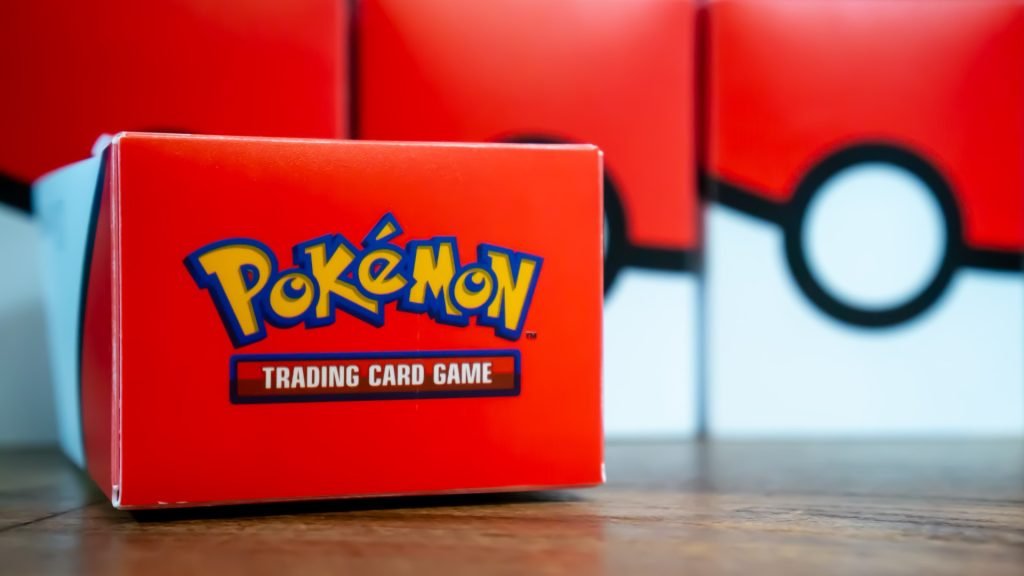If you’re new to proxies, here’s the short version. Pokemon proxy cards help you test decks and learn the game faster. They are not legal in official events. Most groups welcome them for practice, as long as you ask first and keep everything clear and honest.
What are Pokemon proxy cards
A proxy is a stand-in for a real card. Think of a printed version of a rare or pricey card that you slip into a sleeve over a basic card. The goal is simple. You can try ideas, tune lists, and learn matchups without spending a pile of money. Pokemon proxy cards are tools for learning, not collectibles, and not a way to trick anyone.
Common types you’ll see:
- Printed scans cut to card size and sleeved in front of a bulk card
- Simple text proxies with the card name and effect
- High quality prints for long term testing
All three are fine for kitchen table games and local testing circles if everyone agrees.
Are proxies legal in tournaments
No. Official Play Pokemon events require genuine Pokemon TCG cards. Judges can issue a temporary proxy only for a card that becomes damaged during an event so the match can continue fairly. That exception is narrow and controlled. Your take-away is simple. Bring real cards to any sanctioned event, and keep proxies for practice.
When proxies are a good fit
- Deck building and metagame testing: Try ideas fast. Cut what doesn’t work. Keep what does.
- Learning new sets: Explore early without chasing every chase card.
- Teaching friends: Reduce costs. Lower the barrier to entry.
- Casual nights: If your store or group allows it, proxies keep games moving and budgets sane.
If you’re looking to brush up on collecting knowledge while you test, this piece pairs well with our guide on storage and value: Collecting Pokemon Cards.
Basic proxy etiquette
Here’s the social contract that keeps games friendly.
- Ask first
Say up front that you’re using proxies. Most people will be fine with it for casual play and testing. - Be clear
Make your proxies obvious. Use sleeves. If needed, put “Proxy” on the front. No one should wonder if a card is real. - Match the list
Every proxy should match your decklist. No “close enough” substitutions. If you write a text proxy, include full name, set legality if it matters, and key text. - Respect the venue
The store and the organizer set the policy. If they say no proxies for an event, don’t argue. Play casual, buy a soda, and keep practicing. - Never sell or represent proxies as real
That’s counterfeit behavior. It hurts the hobby and gets people banned from events. Don’t do it.
How to make clean, readable proxies
You don’t need a pro setup. You need clarity.
- Use sleeves with a real card behind the printout. This keeps the thickness consistent.
- Print at 100 percent scale on basic paper. Trim cleanly. A cheap paper trimmer helps.
- Prioritize readability. If you use text proxies, big font and full rules text. No surprises mid-game.
- Organize by deck. Keep each proxy set in its own deck box. Label it. Future you will thank present you.
For quick testing lists, many players like using simple generator tools that produce printable sheets. They save time and help you scale up your practice sessions.
Tournaments vs leagues vs casuals
- Sanctioned tournaments: Real cards only, with the very rare judge-issued proxy for a damaged card during the event. Plan on zero player-made proxies.
- Local leagues and store nights: Policies vary. Some leagues allow proxies during open play to help new players and deck builders. Ask the organizer first. Respect their answer.
- At-home or friend groups: Set your rules together. Keep communication clear. If someone doesn’t want to play against proxies, that’s fine. Find a different matchup.
Testing plans that work
If your goal is to get better, treat your proxy sessions like scrims.
- Define a question: “Is this engine fast enough into Lost Box” is better than “Let’s see what happens.”
- Lock the list for a small set of games. Change one thing at a time.
- Track results with quick notes. Mulligans. Prize losses. Key turns. You’ll see patterns.
- Promote tested cards to real copies once they prove themselves. That keeps your spend focused.
Proxies and collecting
Proxies are not investments. Don’t buy them for value. If you like the look of a classic card but can’t justify the price, a proxy can scratch the itch at home. Keep it separate from your real collection and, again, never resell proxies as authentic.
If you enjoy the thrill of ripping packs but want to stay budget aware, this explainer gives context on the “lottery” feel and why it hooks us: Why Opening MTG or Pokemon Booster Packs Feels So Addictive.
Common questions
Can I bring a proxy deck to a store night
Sometimes. Many stores allow proxies for casual play. Always ask.
Are high quality printed proxies allowed in events if they are perfect size
No. Quality doesn’t change the rule. Official events require genuine cards. Judges can issue a temporary proxy only in narrow, documented cases.
Is it rude to use proxies against someone with a full real deck
It depends on the context. In testing, most players are fine with it. In casual free play, ask. If they say no, switch to a real deck or find a different opponent.
Are proxies bad for the hobby
Bad actors who pass proxies as real cards are. Honest testing and clear labels are not. Proxies lower the cost to learn, which helps new players stick around.
Bottom line
Pokemon proxy cards speed up testing and make the game more accessible. Use them for practice. Leave them at home for sanctioned events. Ask permission, label clearly, and respect store policy. That’s the whole playbook.

